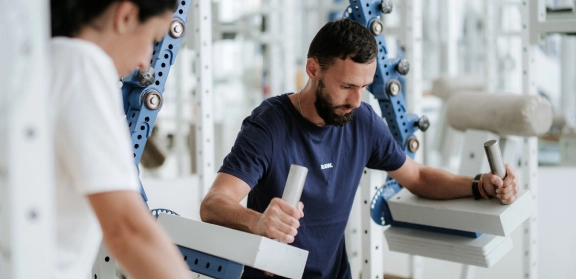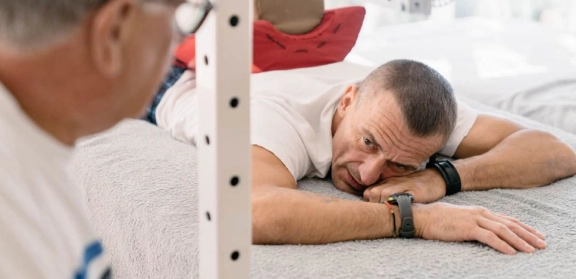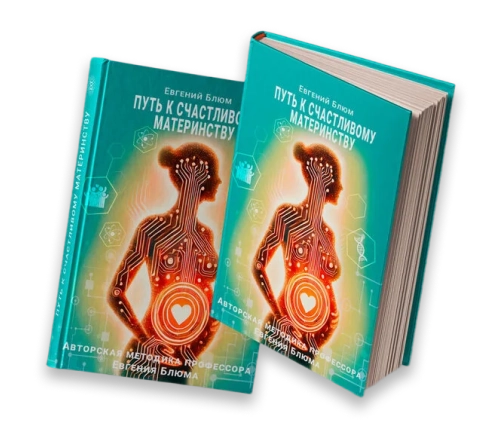Ankle Fracture Rehabilitation Treatment
Our medical strategy
The first goal of rehabilitation is the maximum restoration of the biomechanical integrity of the joint, aligning the joint surfaces, eliminating tissue fragments between them, and creating conditions for the rapid removal of blood, lymph, and tissue fluid accumulation. These fluids, if left in the tissues, may hinder healing, potentially causing inflammation (arthritis) or the formation of fibrous growths (arthrosis) over time.
The second goal is to restore mobility, support function, and full range of motion of the joint, as prolonged immobilisation—whether by splint, brace, or cast—can cause muscle atrophy. The injured limb starts to lag behind the healthy one in terms of size and motor abilities.
The third goal is to eliminate the risk of scar tissue formation and adhesions in the joint, which may result from either the injury itself or from surgical intervention.
The fourth goal is to restore symmetry and geometry of both limbs, disrupted by walking with crutches or a cane due to asymmetric load on the joints.
The fifth goal is to restore the overall balance of the body, eliminating compensatory asymmetries and secondary pathological changes in adjacent joints, such as the knee and foot joints.
Professor Blum's proprietary rehabilitation system is created at the intersection of biology, mechanics, and physics. The method allows for the restoration of tissue architecture and joint geometry, optimising blood supply, innervation, and synovial fluid production. This process restores the joint and limb function to their original level, allowing patients to return to an active life without limitations, and often avoids the need for surgery.
The Centre uses unique rehabilitation modules and equipment, which have no analogues. They provide selective, dosed impact on injured bones, ligaments, tendons, muscles, and the joint as a whole, while avoiding overload. A comprehensive individualised program is developed for each patient and implemented under the personal supervision of Professor Blum.
In what types of ankle fractures is rehabilitation possible?
Patients come to our Centre with various types of ankle fractures, most commonly:
- Medial malleolus fracture – the protrusion of the tibia on the inner side of the ankle.
- Lateral malleolus fracture – the protrusion of the fibula on the outer side of the ankle.
- Bimalleolar fracture – fractures of both the medial and lateral malleoli.
- Trimalleolar fracture – fractures of the medial and lateral malleoli, as well as the posterior aspect of the tibial plafond.
- Nondisplaced fractures – no change in the position of the bone fragments.
- Displaced fractures – fragments of the broken bone have shifted, often occurring in two or three fracture points.
- Fracture-dislocations – fractures of the ankle bones combined with a dislocation of the ankle joint.
- Combined fractures – injuries that result in fractures of the ankle and adjacent areas, such as the ankle and the talocrural joint, the ankle and the interosseous syndesmosis (the articulation between the tibia and fibula), the ankle and foot bones, or the ankle and knee.
Patients come to us after undergoing surgical treatment for ankle fractures, when surgeons have done everything possible, but the results do not meet expectations. In some complex cases, wh ere the ankle fracture is combined with damage to adjacent joints and bones, rehabilitation and the restoration of full-range joint movements can take up to 6 months.
Rehabilitation and rapid recovery of ankle function are especially crucial after a sports injury, where every day is critical for an athlete’s career. Professor Blum's method allows for the initiation of ankle recovery in the first days following the fracture, which is why our patients achieve the best possible results.
General description of the problem
The ankle joint is a movable connection between the lower leg and the foot, it's a complex structure. The connection of the tibia and fibula bones with the talus involves the ankle – the bony protrusions of the tibial bones, forming prominences on both sides of the ankle joint – the outer and inner ankles. These surround the talus fr om both sides, like a fork, ensuring the transfer of the entire body's weight onto the foot.
The ankles are the main stabilising element of the ankle joint. In addition, the joint is stabilised by muscle tissue, the joint capsule, and ligaments. On the outer side, it is supported by the anterior and posterior talofibular and calcaneofibular ligaments, while on the inner side, by the deltoid ligament. A fracture of the ankle is accompanied by severe pain and the inability to bear weight on the leg.
Rehabilitation at Professor Blum's Centre relies on the understanding of the injury mechanism and its biomechanics. A patented method is used, based on biomechanical strategies, techniques, and methods, which provides comprehensive restoration of the joint – including the damaged tissues of the ligaments and tendons, restoration of muscle balance, connective tissue stabilisers, and deep muscle stabilisers. This approach helps eliminate pain and restore free movement to the ankle joint.
Comprehensive rehabilitation after ankle sprains, partial tears, or complete ligament ruptures should begin immediately after the injury or after stabilisation following surgery to achieve the best results and return the patient to normal physical activity.
-
Restoration of the joint’s biomechanical integrity and elimination of swelling and fluid buildup that interfere with healing
-
Recovery of mobility, range of motion, and weight-bearing function of the injured limb
-
Prevention and elimination of scar tissue and adhesions within the joint
-
Restoration of limb symmetry and geometry after postural and gait disturbances
-
Correction of overall body balance and elimination of secondary changes in adjacent joints
Objectives of the program
-
Restore the tissue architectureRestore the tissue architecture, integrity, and geometry of damaged bones, ligaments, tendons, muscles, as well as the alignment of the joint and periarticular tissues.
-
Eliminate post-traumatic and post-surgical swellingsEliminate post-traumatic and post-surgical swellings, adhesions, scars, and fibrotic growths that lead to inflammation and degenerative-dystrophic changes in the joint.
-
Complete restoration of movementComplete restoration of movement. Strengthening of bones, muscles, ligaments, and tendons, recovery of muscle volume, strength, range of motion, and muscle-joint balance in the ankle joint and adjacent joints (knee and foot) to their original level, in order to prevent re-injury and eliminate the psychological impact of the injury.
Proprietary method
At the Centre, diagnostics are conducted using Professor Blum's proprietary anatomical-morpho-functional system, which takes into account the nature of the injury, the extent of damaged tissues, the presence of complicating factors, and the total time spent without movement. A personalised comprehensive rehabilitation program is developed for each patient following an ankle fracture or post-operative joint reconstruction, with clear, realistic goals and a detailed timeline for recovery.
Precision is the first key to success. Treating an ankle fracture is impossible without intensive mechanical stimulation of the damaged tissues. However, if movement and stimulation are performed incorrectly, they can cause more harm than good. Sometimes, the difference between proper and improper mechanical stimulation is only a matter of a few millimetres or a few degrees.
Our equipment is calibrated with such precision and offers such a high level of adjustment that we can tailor it to any individual, any joint, any range of motion, and any type of therapeutic intervention to achieve the desired outcome.
At the Centre, we use patented rehabilitation modular exercise machines that selectively target the injured joint tissues, improving blood flow and microcirculation, and creating the necessary conditions for the proper healing and restoration of bone, ligament, cartilage, and muscle tissues.
Controlled, precisely directed loads allow for the gradual and confident elimination of pain and restoration of movement. Each patient works with a trained personal instructor who implements an individualised program under the expert supervision of Professor Blum.
Patient stories
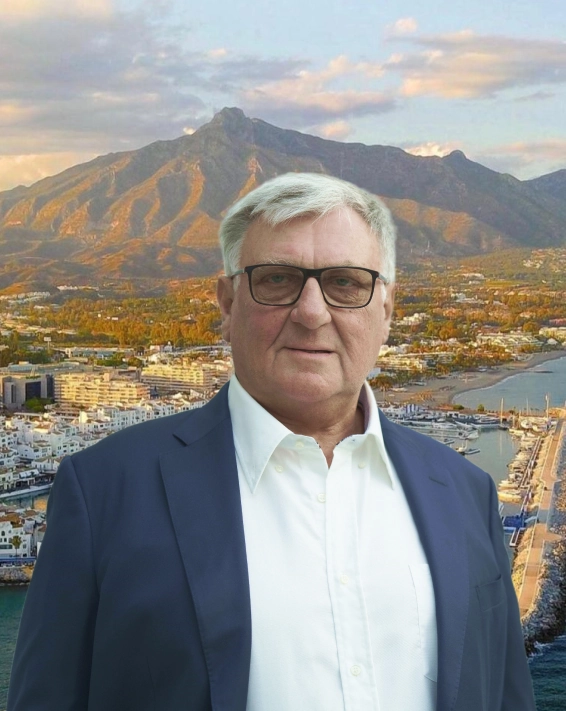
Professor Blum’s Exclusive Rehabilitation System

The center is located in a picturesque corner of the renowned resort town of Marbella, surrounded by cedar trees at the foot of La Concha mountain. Here, science and technology blend with nature, creating a space where the body returns to balance and harmony.
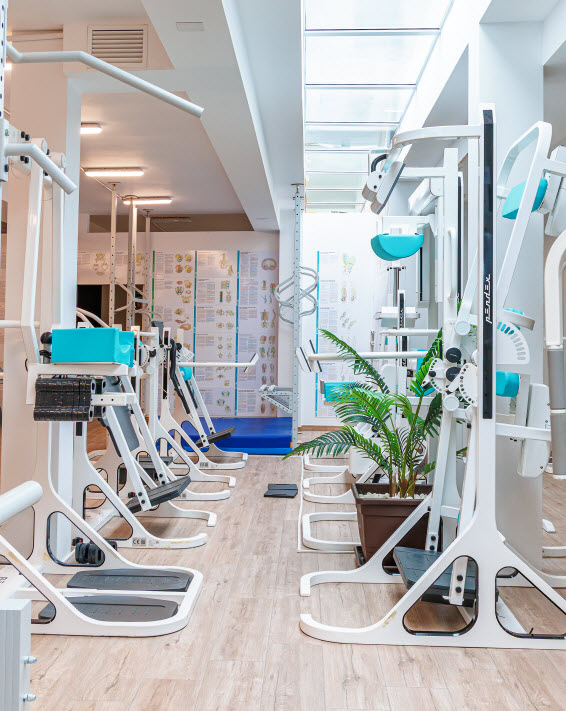
Technologies that deliver results
Select a program
- Personalized Health Recovery Programs
- Disease Prevention
- Customized Check-Up
Q&A
We treat patients with various types of ankle injuries, ranging from mild sprains with minimal symptoms to fractures accompanied by pain, swelling, and the inability to lean on the foot. We begin treatment from day one, as soon as the patient is ready for minimal physical activity. Recovery from mild sprains takes just a few days, while more severe injuries require 3–4 weeks, and recovery after surgery takes 4–6 weeks. Our goal is to eliminate all the consequences of the injury and strengthen the joint to minimise the risk of re-injury.
Professor Blum's method restores inflow, outflow, and microcirculation, initiating blood flow through vessels and capillaries, enhancing the circulation of lymph and cerebrospinal fluid in and around the injury epicentre. This activates metabolism and the formation of new cells, reigniting the regeneration of nerve structures and reactivating dormant neurons. These processes are essential to reducing the growth of fibrous tissue and preventing the formation of cysts and cavities in the injury area, which could otherwise hinder further functional recovery. This approach maximises the restoration of functions during the main rehabilitation phase, which is, undoubtedly, the primary goal for our patients.
Yes, in some cases, relatives come to the Centre, meet with Professor Blum, discuss all questions, visit the hotel, inspect the accommodation conditions to prepare as much as possible for the patient's transfer from the hospital directly to us.
Most often, Professor Blum's method yields positive results even in the late recovery period. Everything depends on the complexity of the injury, previous treatment, and the overall condition of the body. To get a detailed answer, schedule a free consultation with a Centre doctor.
The cost of rehabilitation is 600 euros per day without accommodation, from 719 euros per day with accommodation in a standard double room at the hotel on the Centre’s premises. The exact duration and cost of the treatment course are determined after consultation with the doctor.
The most effective period in rehabilitation is considered to be the first 3-6 months after the injury. During this "rehabilitation window," the nervous system has a large reserve of recovery resources that need to be maximally utilised. The earlier rehabilitation is started after spinal cord and spinal injuries, the better the treatment results.
The post-traumatic rehabilitation process is divided into several stages:
- Specialist consultation.
Online consultation with a rehabilitation therapist: review of medical history, complaints, treatment results, determination of the duration and cost of the treatment course. If necessary, a plan for additional examination is developed. -
Determination of the rehabilitation plan.
Consultation with Professor Blum and a rehabilitation therapist.
Examination, biomechanical testing, diagnosis according to the proprietary system, determination of problems and their priority, development of an individual comprehensive rehabilitation program. -
Attendance at sessions.
In accordance with the developed program, the patient attends sessions at the Centre. The rehabilitation therapist evaluates the progress and adjusts the program. -
Finishing the treatment course.
Receiving recommendations and a set of exercises to do at home.
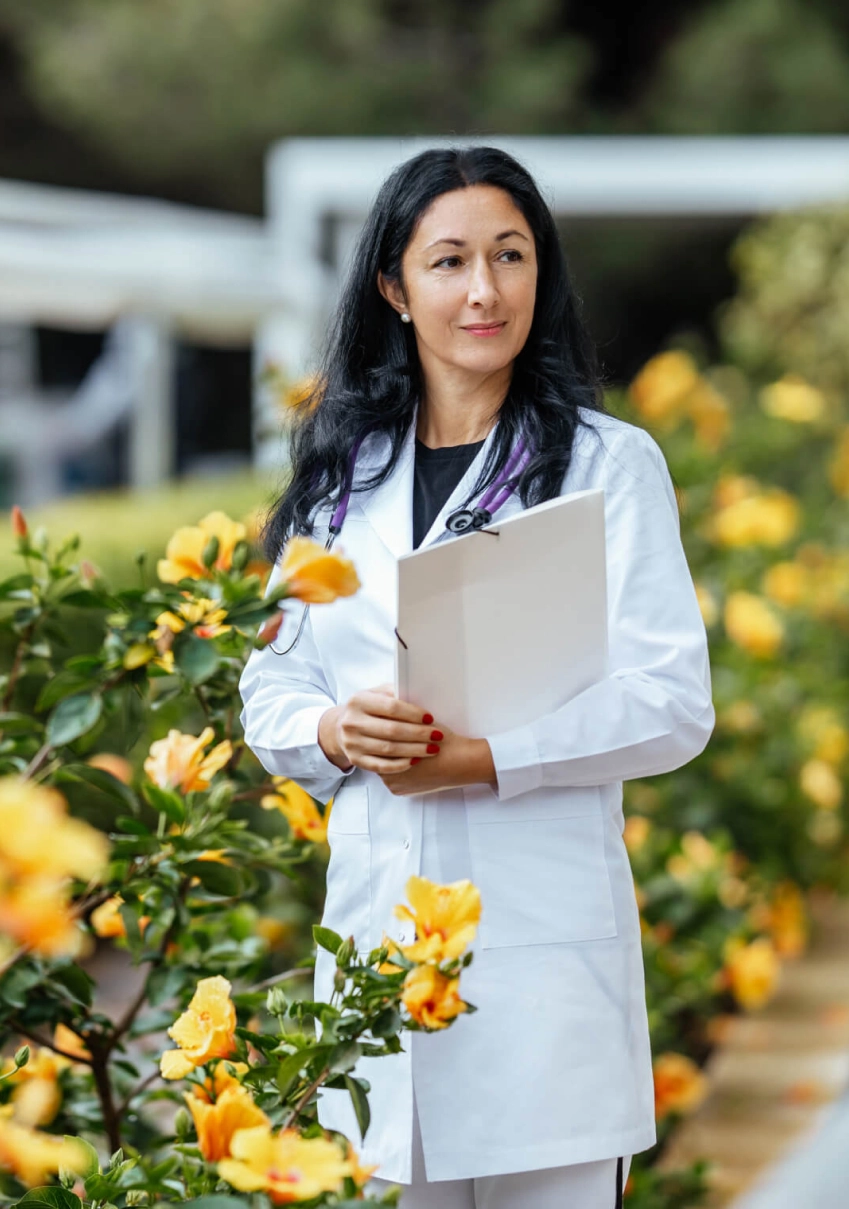
The cost of a course of treatment with a stay in a hotel
- Appointments and consultations
- Creating an individual program
- Conducting personal sessions
- Appointments and consultations
- Creating an individual program
- Conducting personal sessions
Other areas of work of our Center
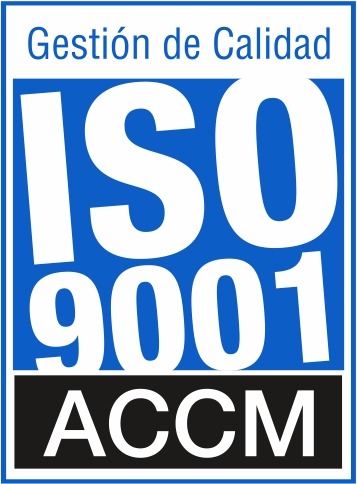






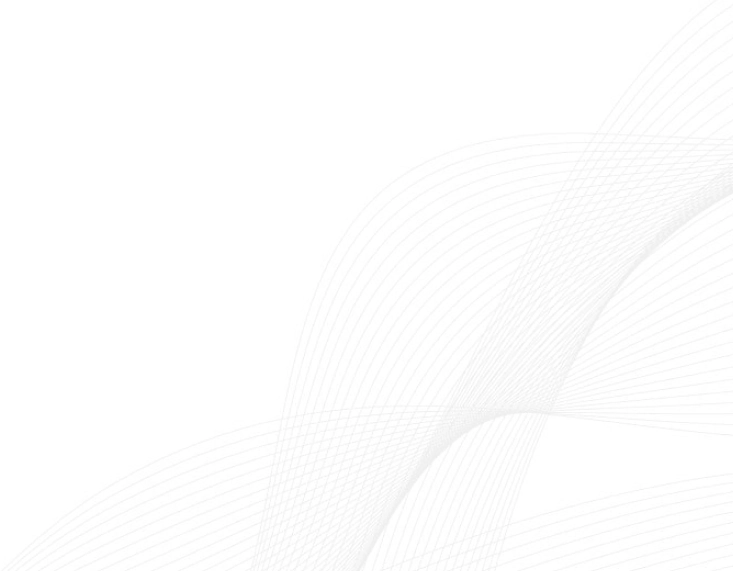
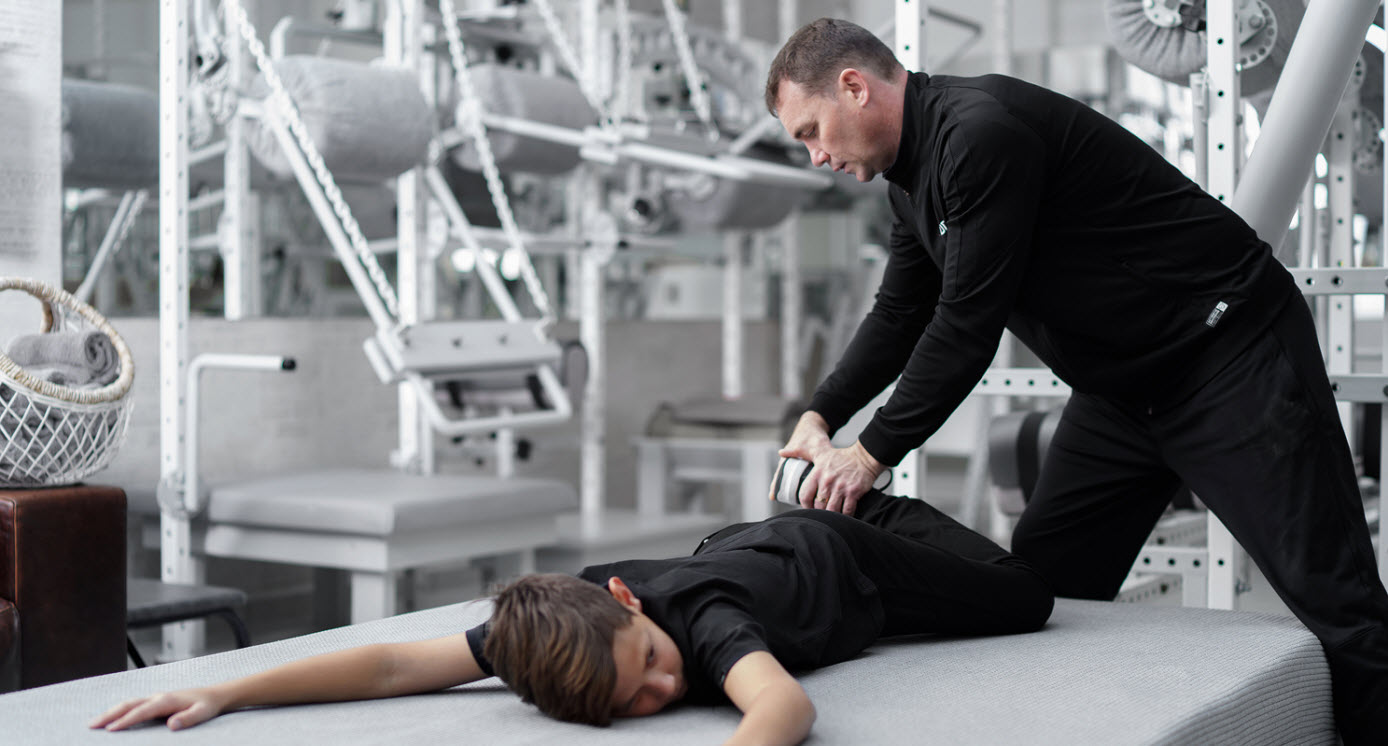


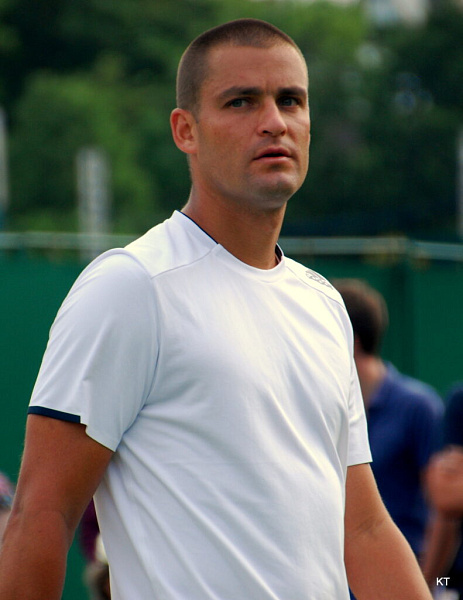
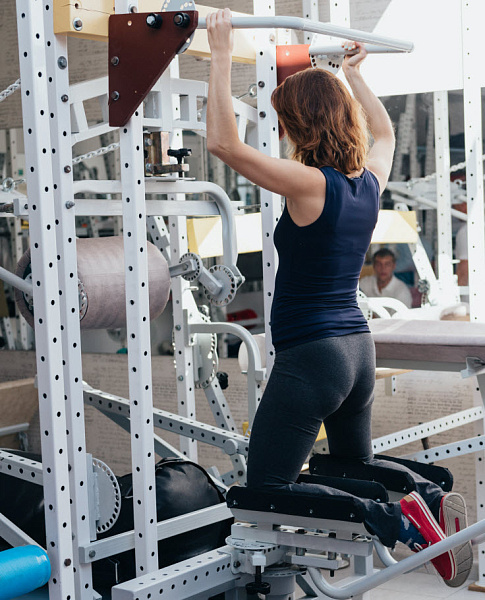
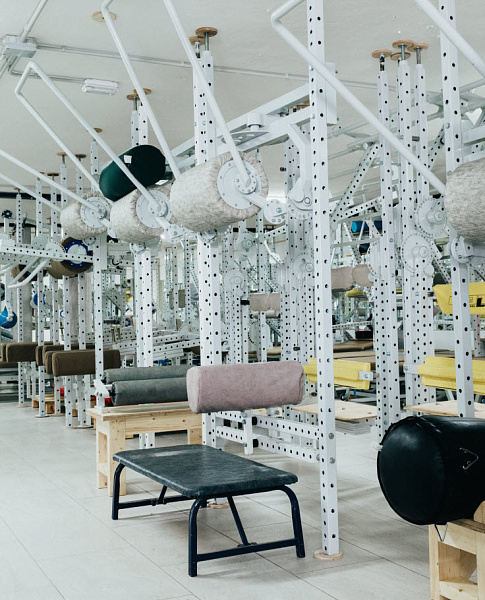

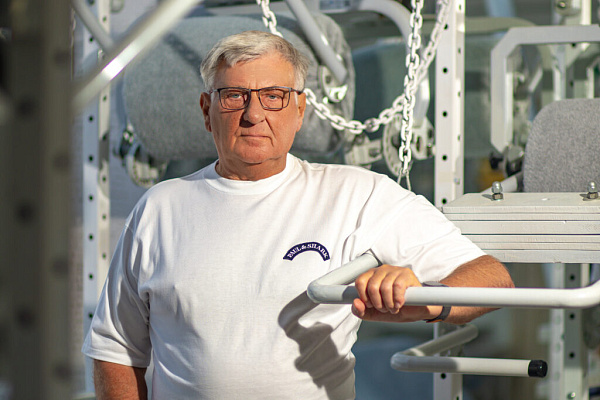
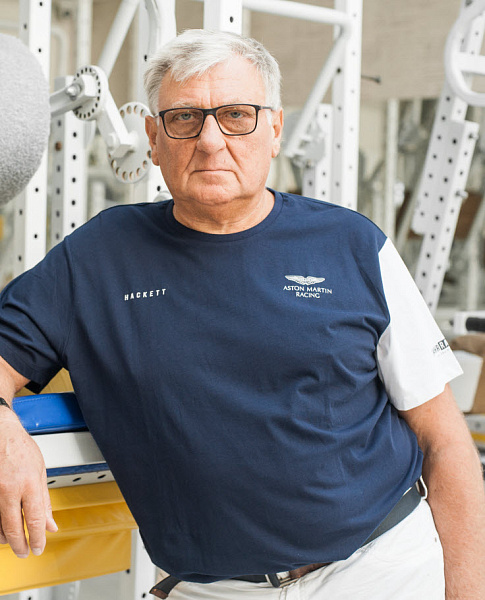
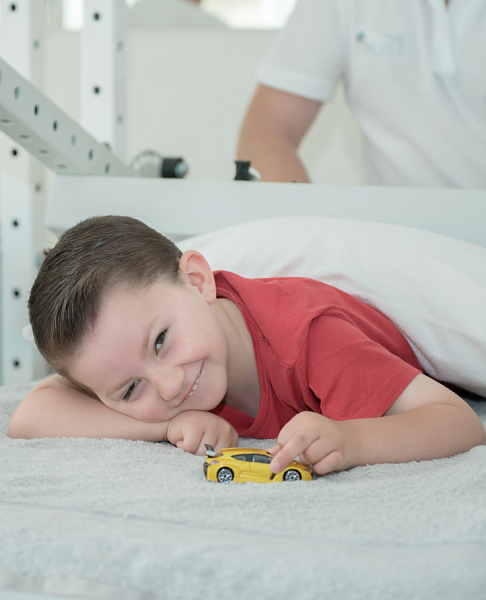
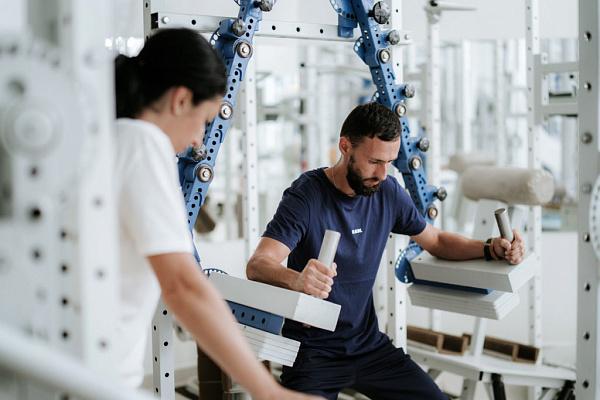
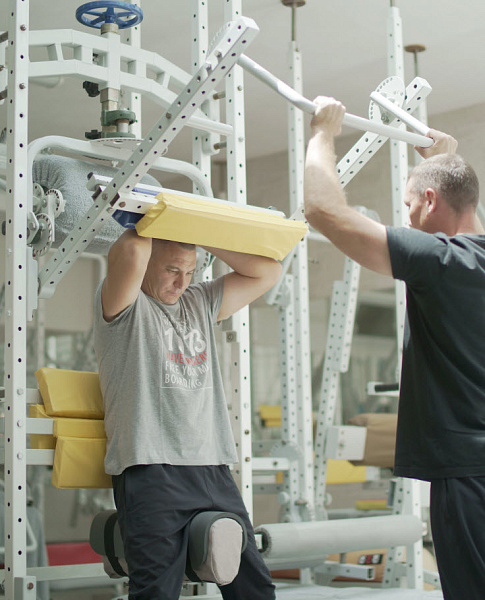
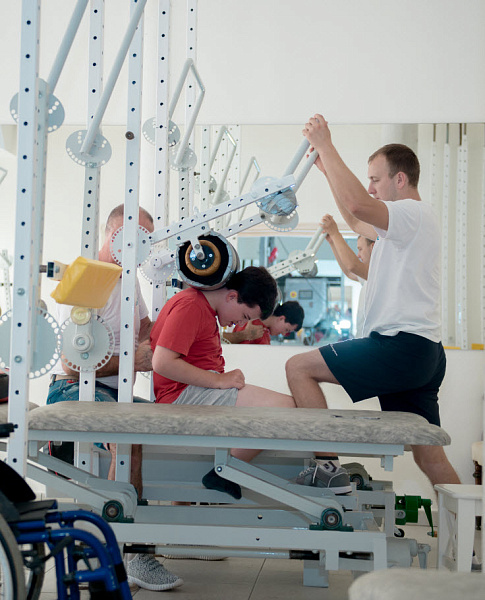
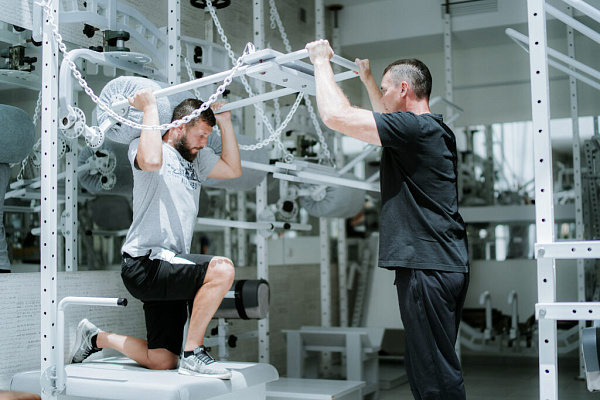
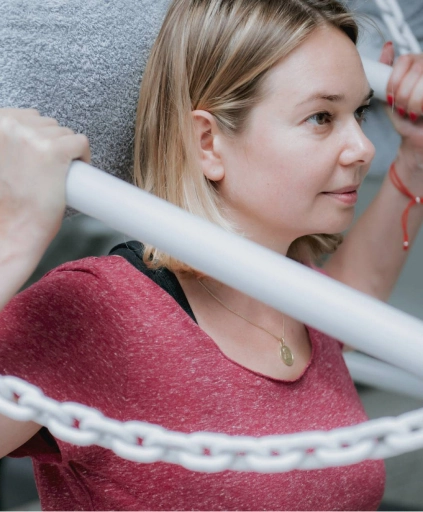
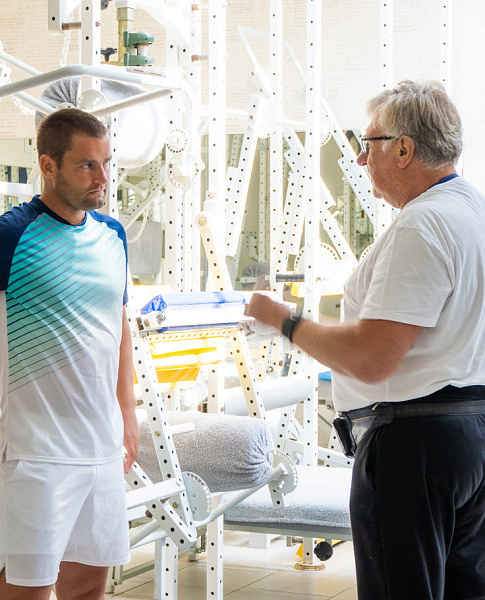

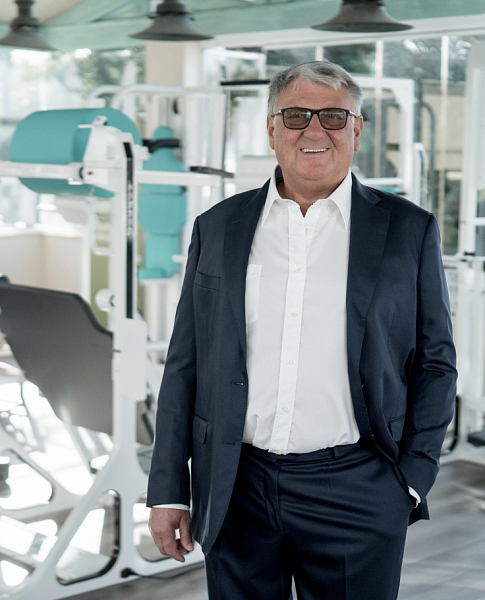

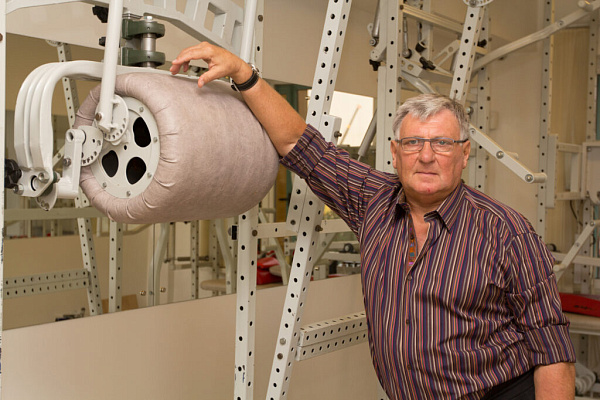
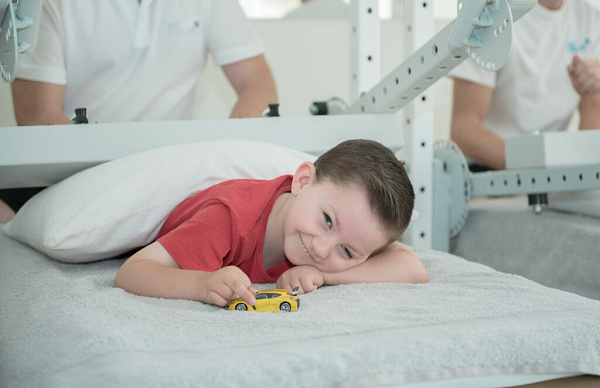
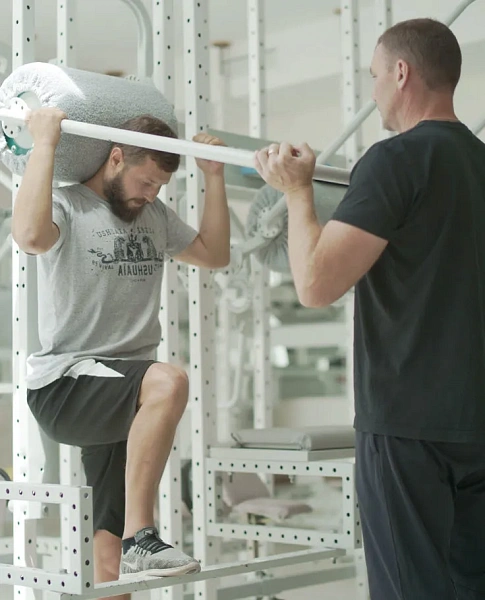
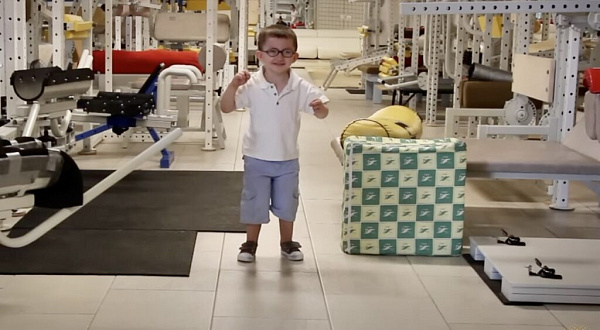
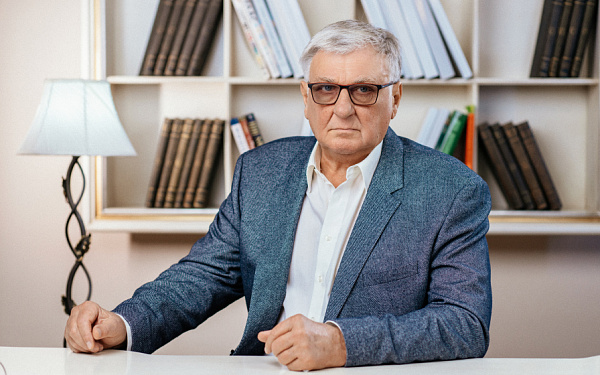
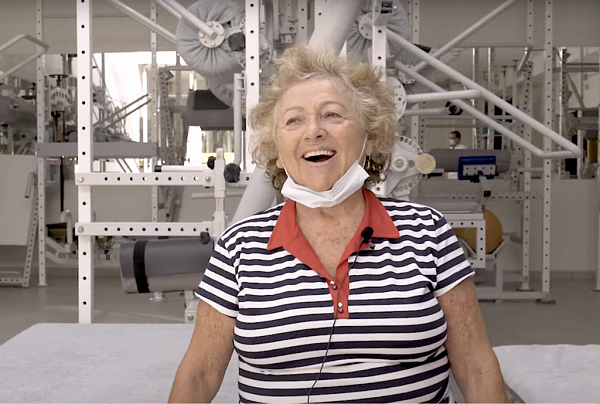

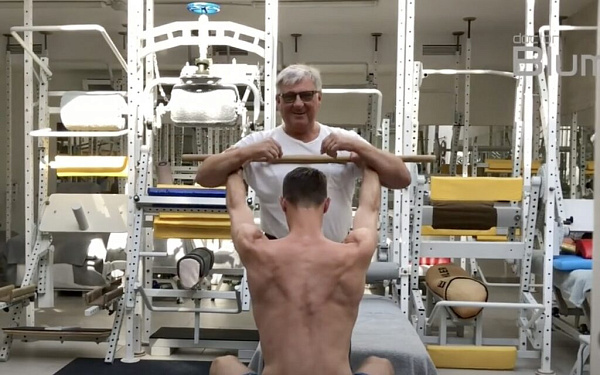
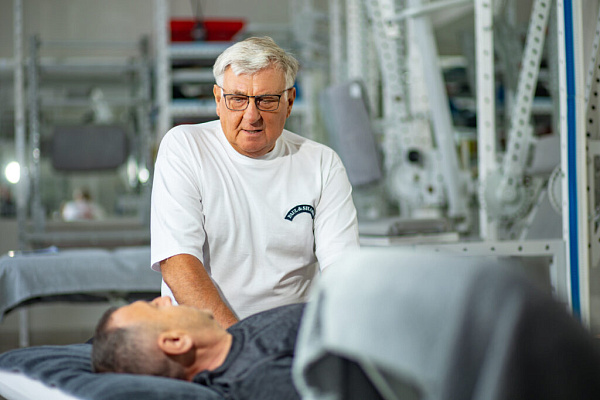

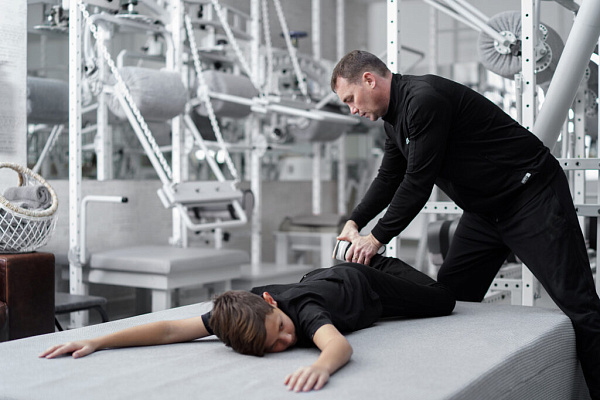

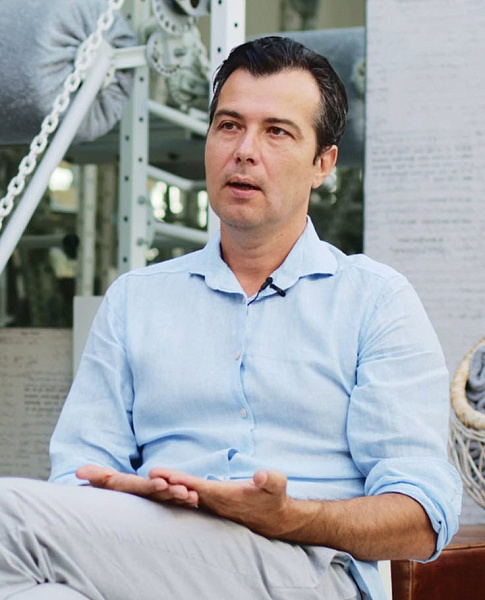
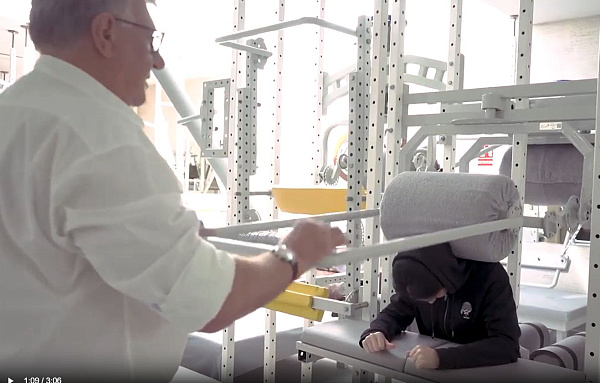
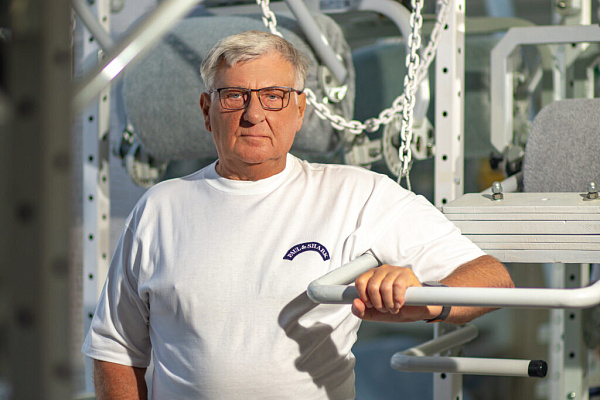
.webp)
